OPPO’s Latest Foldable Has The One Feature Samsung Keeps Running From
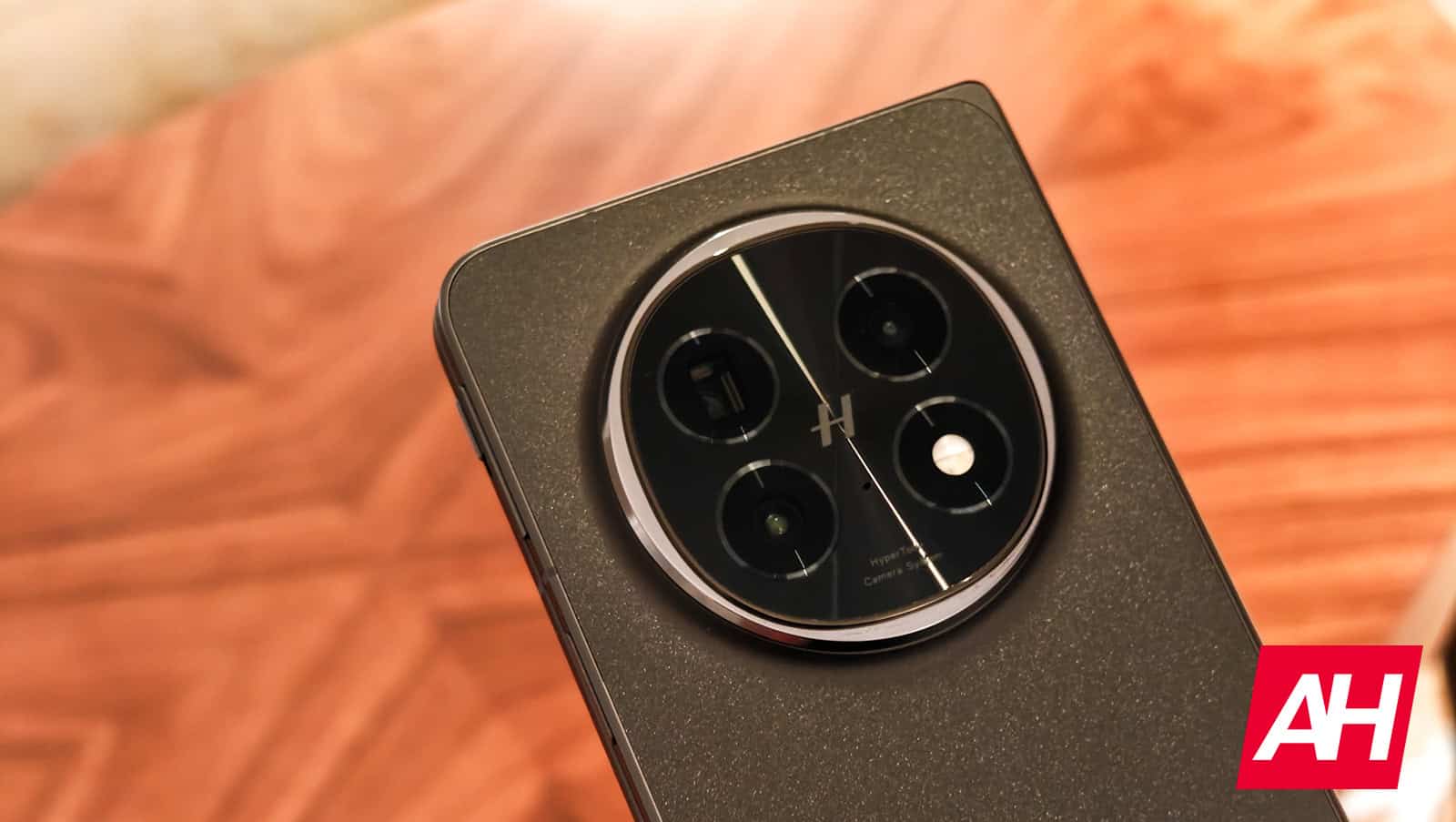
Contents
While Samsung does tend to include virtually everything in their smartphones, there’s one feature that you won’t find on any Samsung product. And that’s Dolby Vision. It’s not available to watch content in Dolby Vision or shoot video in Dolby Vision on its smartphones. Nor is it available on its tablets, or TVs. However, a foldable that was just announced today in Singapore, does have this feature.
OPPO lets you record in Dolby Vision when you are shooting video at 4K resolution and with HDR turned on. And it does make a pretty big difference compared to some other HDR standards. The display on the Find N5 also supports Dolby Vision, so you can create and watch Dolby Vision content. That gives OPPO a huge leg up over Samsung.
Why won’t Samsung include Dolby Vision?
We’ve asked Samsung in the past, why they won’t add support for Dolby Vision. It’s not as big of a deal on smartphones, but when it comes to Samsung TVs, it’s pretty surprising that it doesn’t have Dolby Vision. Especially since almost every other TV on the market has it – even super cheap TVs.
Samsung has told us that they would prefer to support an open-source HDR standard, which is HDR10 and that was created in 2014 by the Consumer Technology Association (the same group that puts on CES every year). Samsung, Panasonic and 20th Century Fox created HDR10+. This makes sense as to why Samsung is supporting HDR10 and HDR10+ on all of their products.
But that doesn’t mean that Samsung can’t also support Dolby Vision. There are loads of products that support multiple HDR standards including HDR10, HLG, and Dolby Vision. The bigger reason is likely, that Samsung doesn’t want to pay the Dolby licensing fees for Dolby Vision. Every TV that has Dolby Vision (and/or Dolby Atmos) has to pay a licensing fee to Dolby for this branding. And it also has to meet some other specifications for these features.

Why Dolby Vision is so important
Dolby Vision is able to take HDR to the next level. It lets content creators use even brighter highlights, compared to other HDR standards which limit creators to using up to 1,000 nits only. Dolby is able to do this, without destroying the captured content by using dynamic metadata that will define the aspect ratio and adjust the picture based on a display’s capabilities on a per-shot and a per-frame basis. Allowing for almost unlimited customization here. Seeing the difference between Dolby Vision and other HDR standards can be quite telling, Dolby Vision is typically brighter and more colorful.
Finally, Dolby Vision allows for a maximum resolution of 8K, up to 12-bit color depth, and a maximum peak brightness of 10,000 nits.
Do you really need Dolby Vision on a smartphone?
Dolby Vision is likely not a dealbreaker for most people. However, if you want the best content consumption and content creation on a phone or tablet, then Dolby Vision is a must. Once you start watching content in Dolby Vision, it’s hard to go back to non-HDR and even other HDR standards.
Don’t get me wrong, the Galaxy S25 series still takes some spectacular video and even includes LOG support now. However, it could be taken up a notch with Dolby Vision support. Which OPPO has, and it’s just one of many reasons why the Find N5 is a better foldable than the Galaxy Z Fold 6.
What’s your reaction?
Love0
Sad0
Happy0
Sleepy0
Angry0
Dead0
Wink0



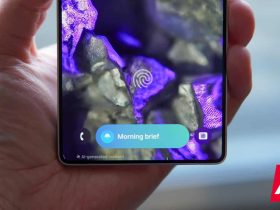
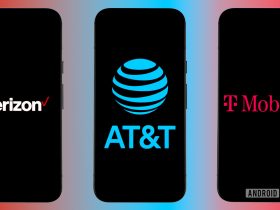

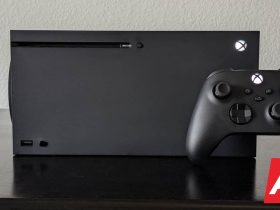
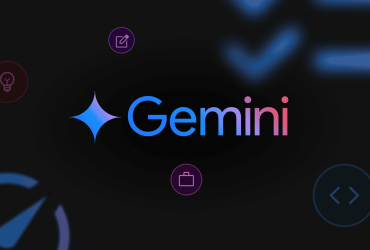

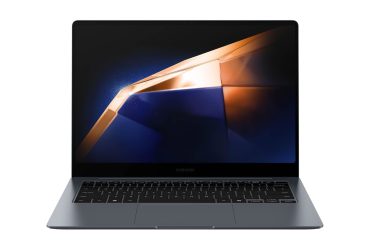
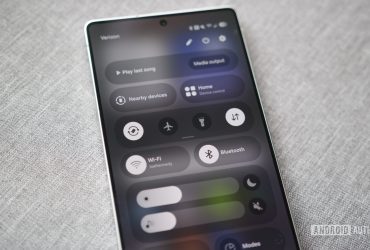
Leave a Reply
View Comments